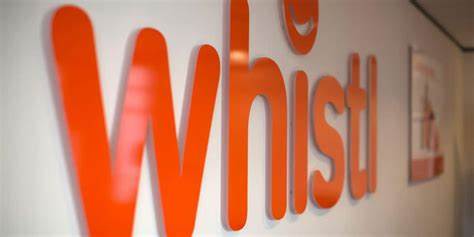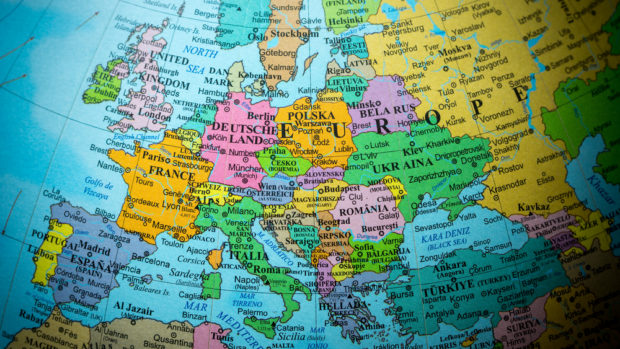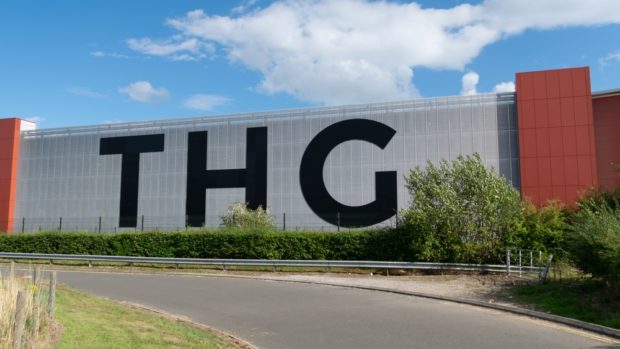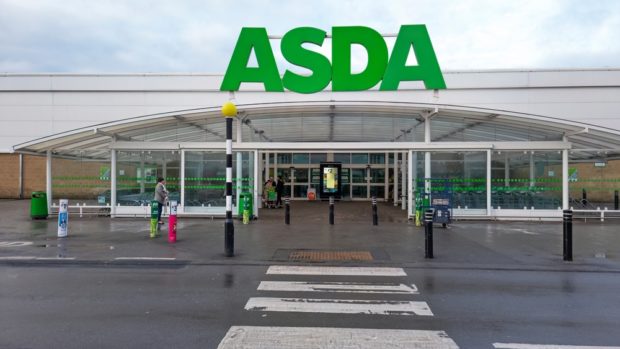Political uncertainty and a lack of clarity about the UK’s exit from the EU has made it difficult for retailers to plan ahead, but supply chain mapping needs to be high on the agenda. When the UK exits the EU, in the absence of any other agreed arrangements, World Trade Organisation (WTO) tariffs will apply to imports and exports between the UK and the EU, and between the UK and non EU countries with which the EU currently has free trade agreements. This will likely mean increased administration and costs. Retailers need to consider their contractual obligations, the added costs and potential time delays in transit.
For VAT purposes, goods supplied to UK retailers would become imports and need import VAT to be paid at customs before they can be released. This could create a significant cash flow disadvantage for retailers importing expensive goods, as the VAT will only be recoverable on the next VAT return.The impact of customs duty could also be a major issue. If an agreement can’t be reached for the UK to be part of a customs union with the EU, then customs duty may be charged on the import of goods from the EU, which is not recoverable, so would be an actual additional cost for UK retailers. Likewise for UK retailers selling to the EU, the goods may attract duty in the recipient country, potentially deterring EU customers from purchasing from the UK.
Despite the uncertainty around trade relations, tariffs and VAT, retailers have to plan now and consider all the changes that may lie ahead. Some companies are considering the creation of an EU hub to ensure that they maintain access to the free market, while others are throwing their net further afield and exploring the possibility of extending their supply chain beyond the EU to more price competitive countries. For some companies, moving sourcing back to the UK may be the most appropriate move, although this will obviously depend on the availability of the same quality of product in the UK.”








Share